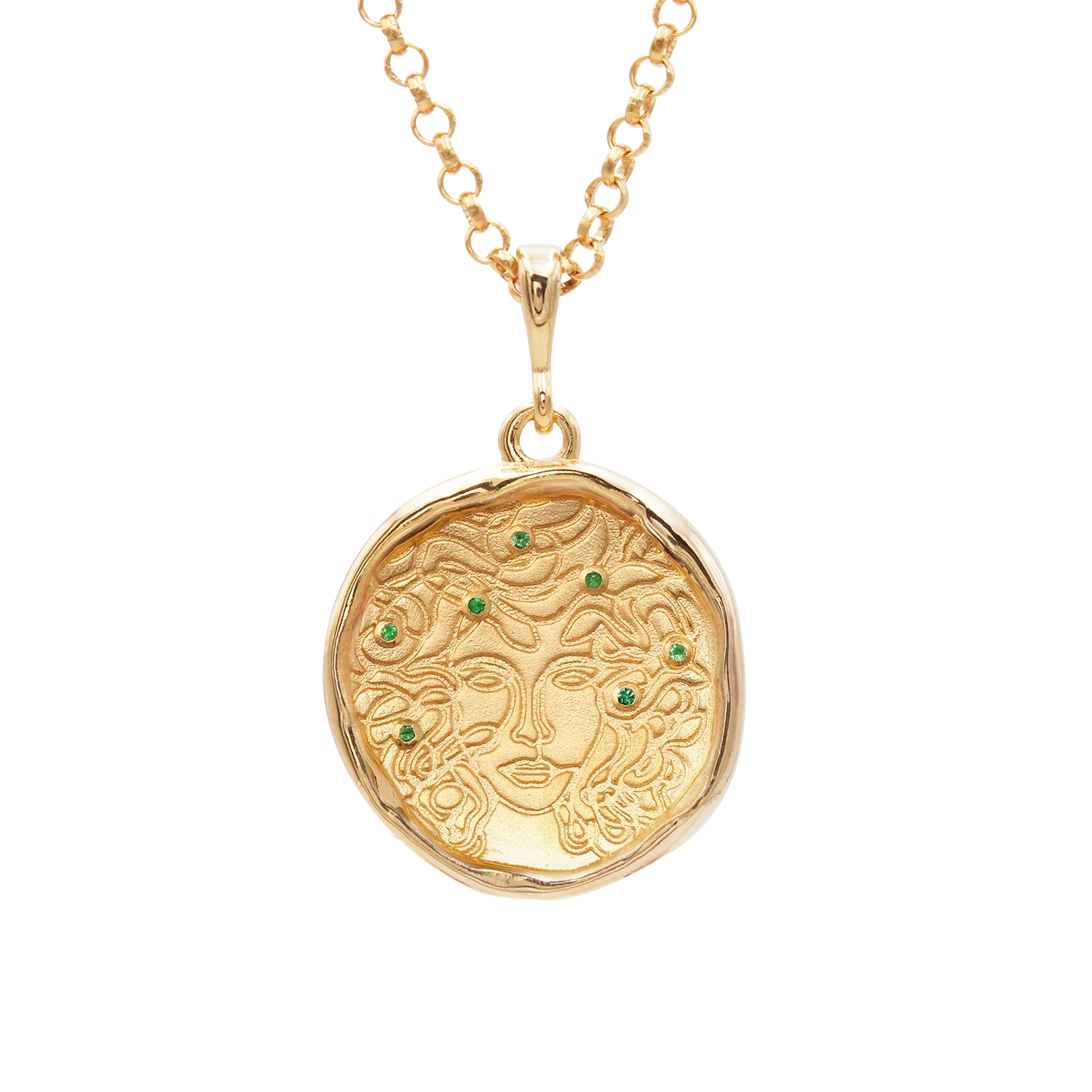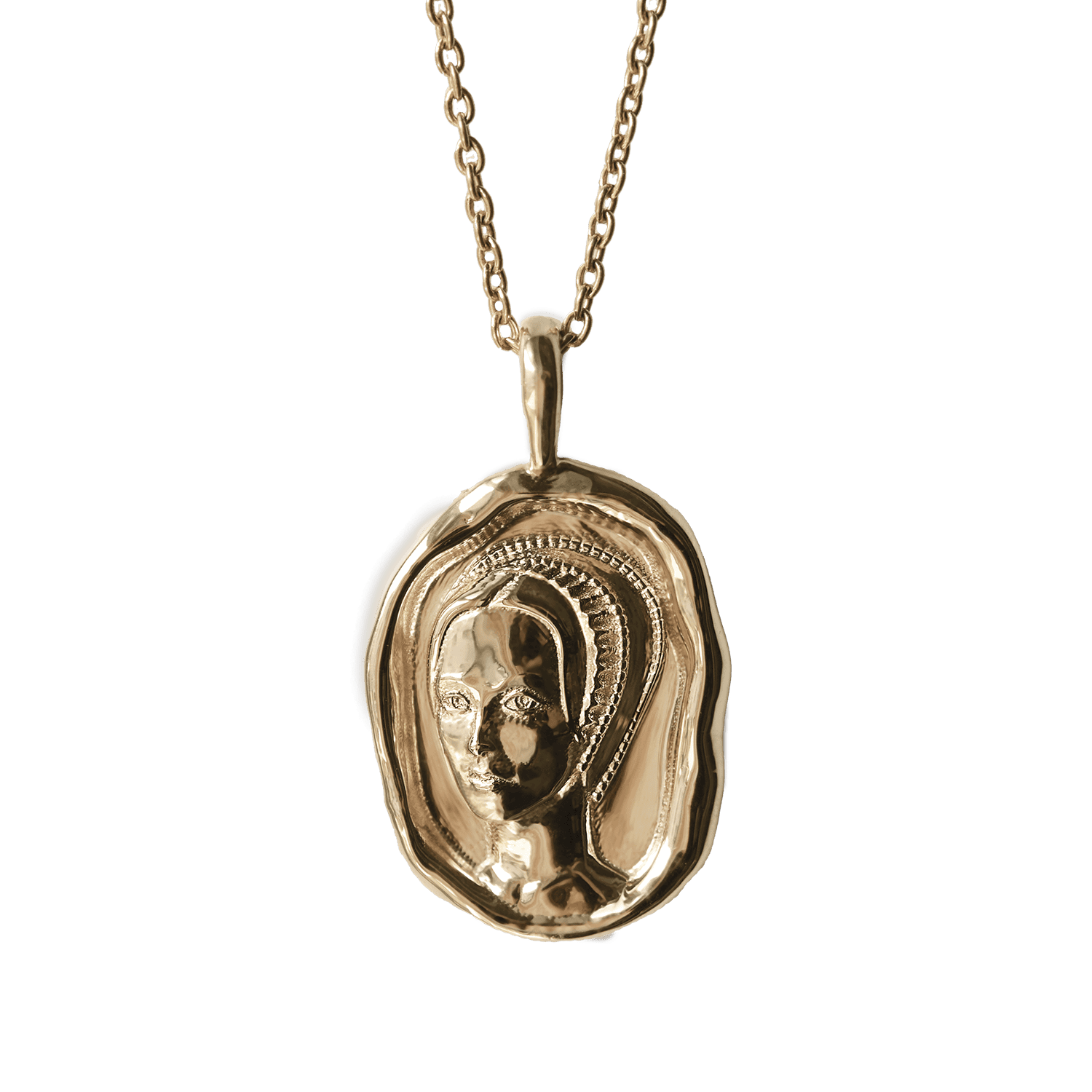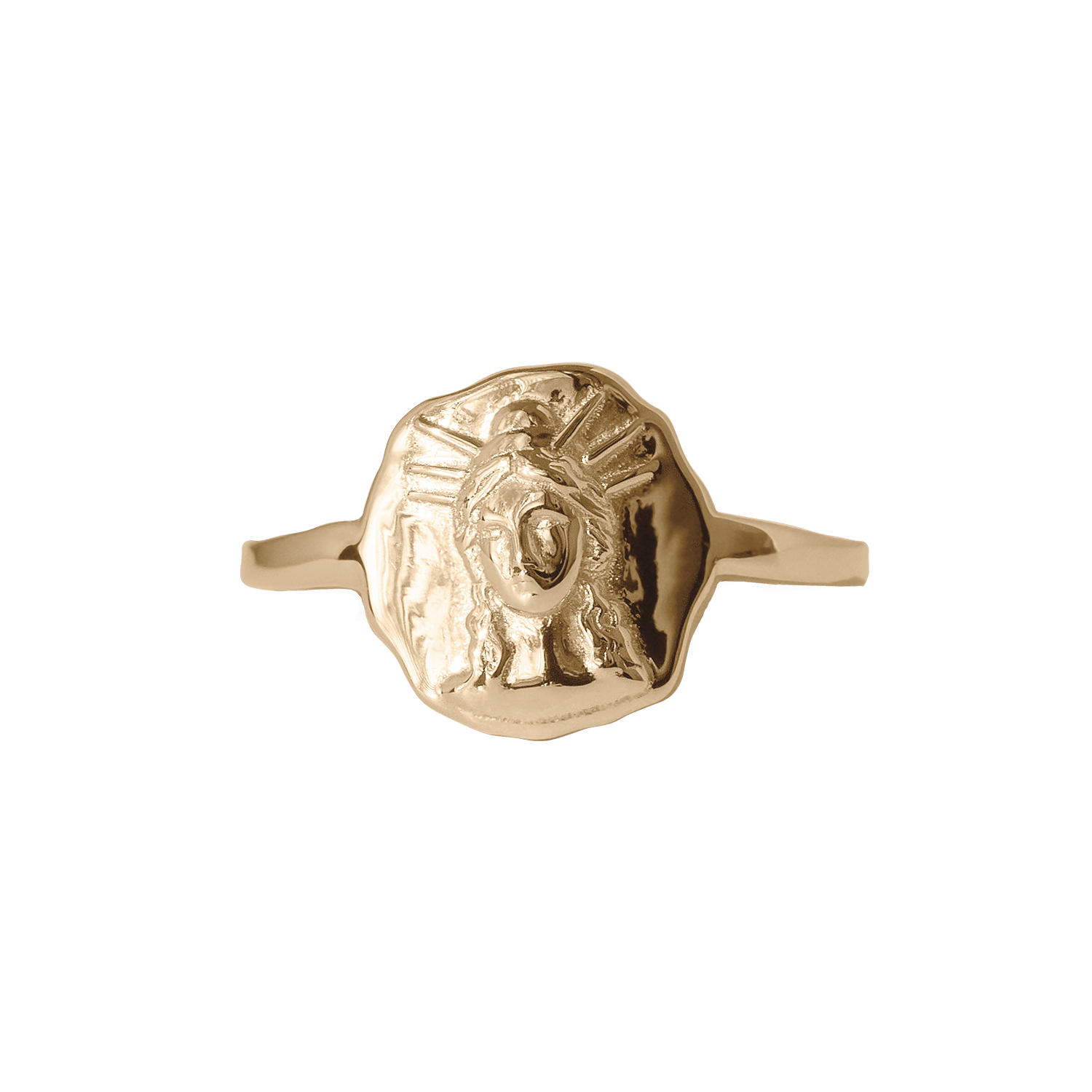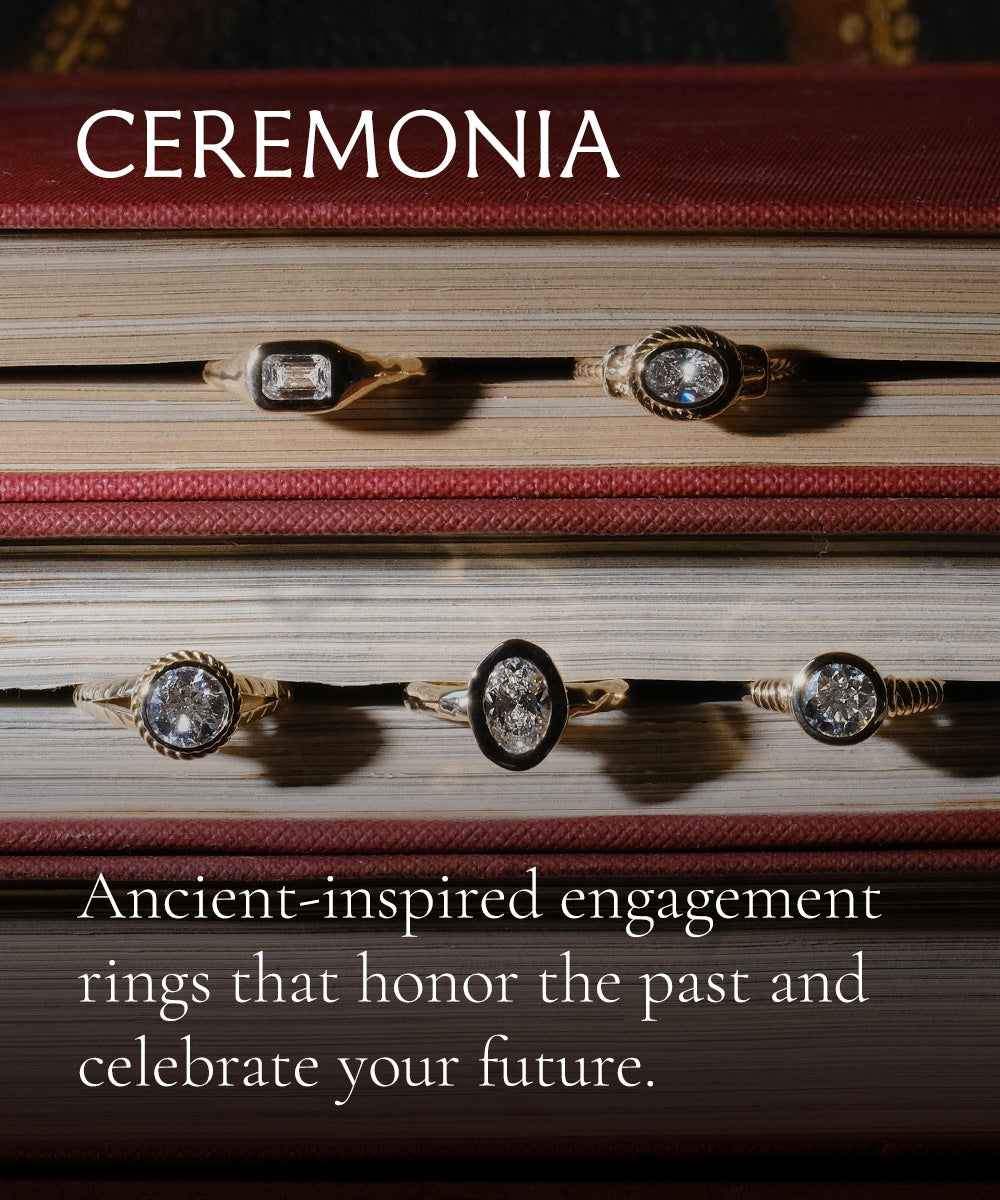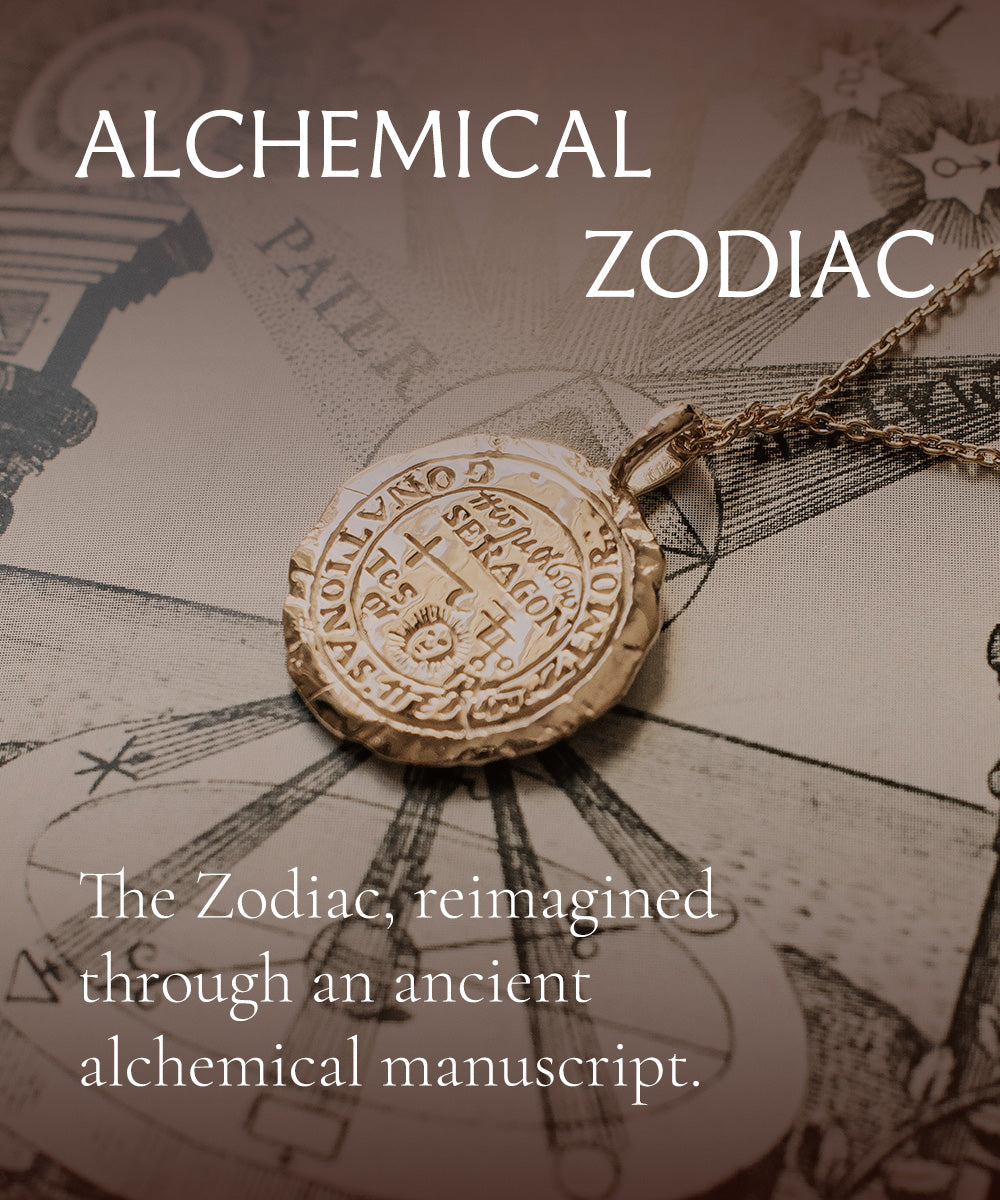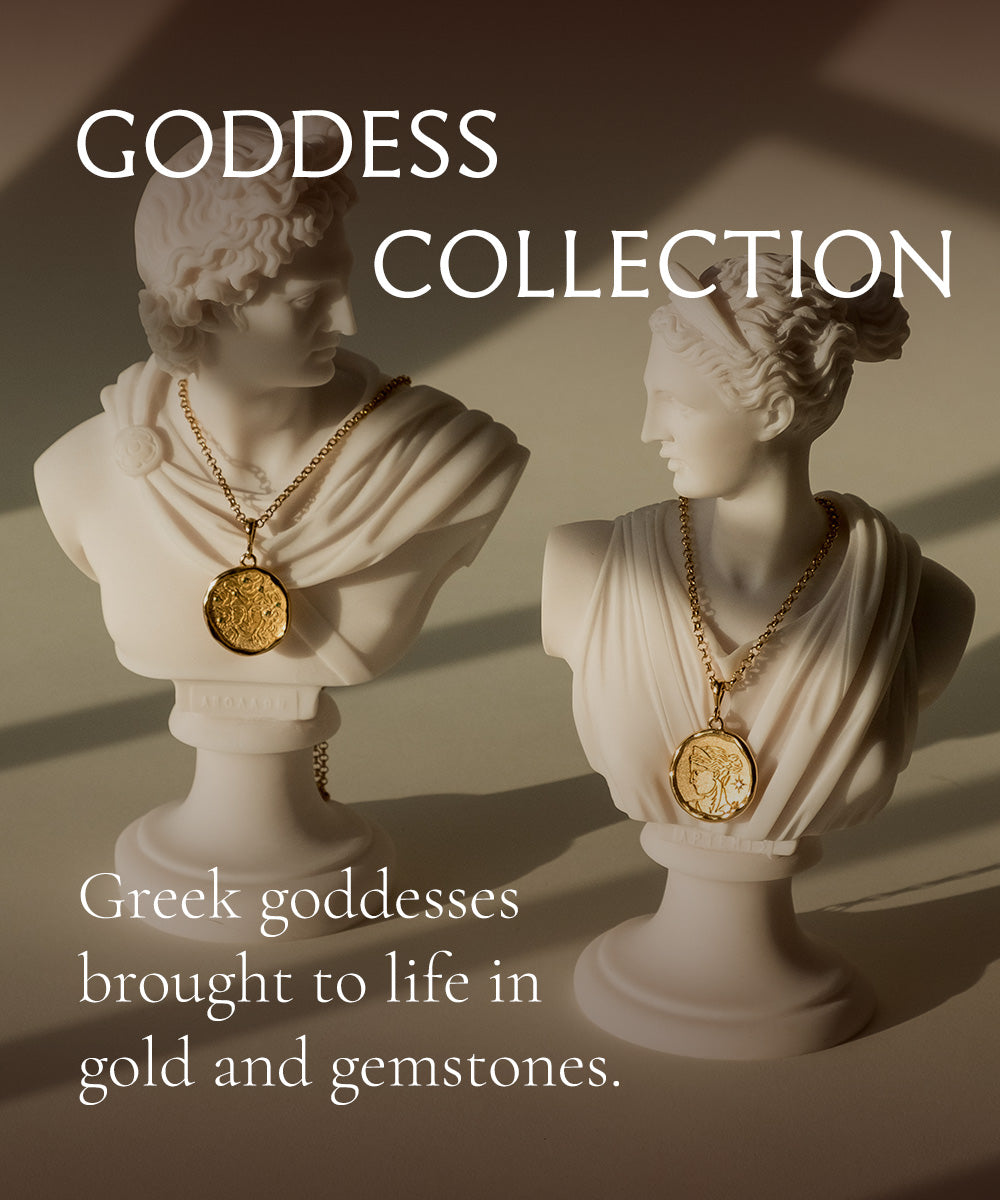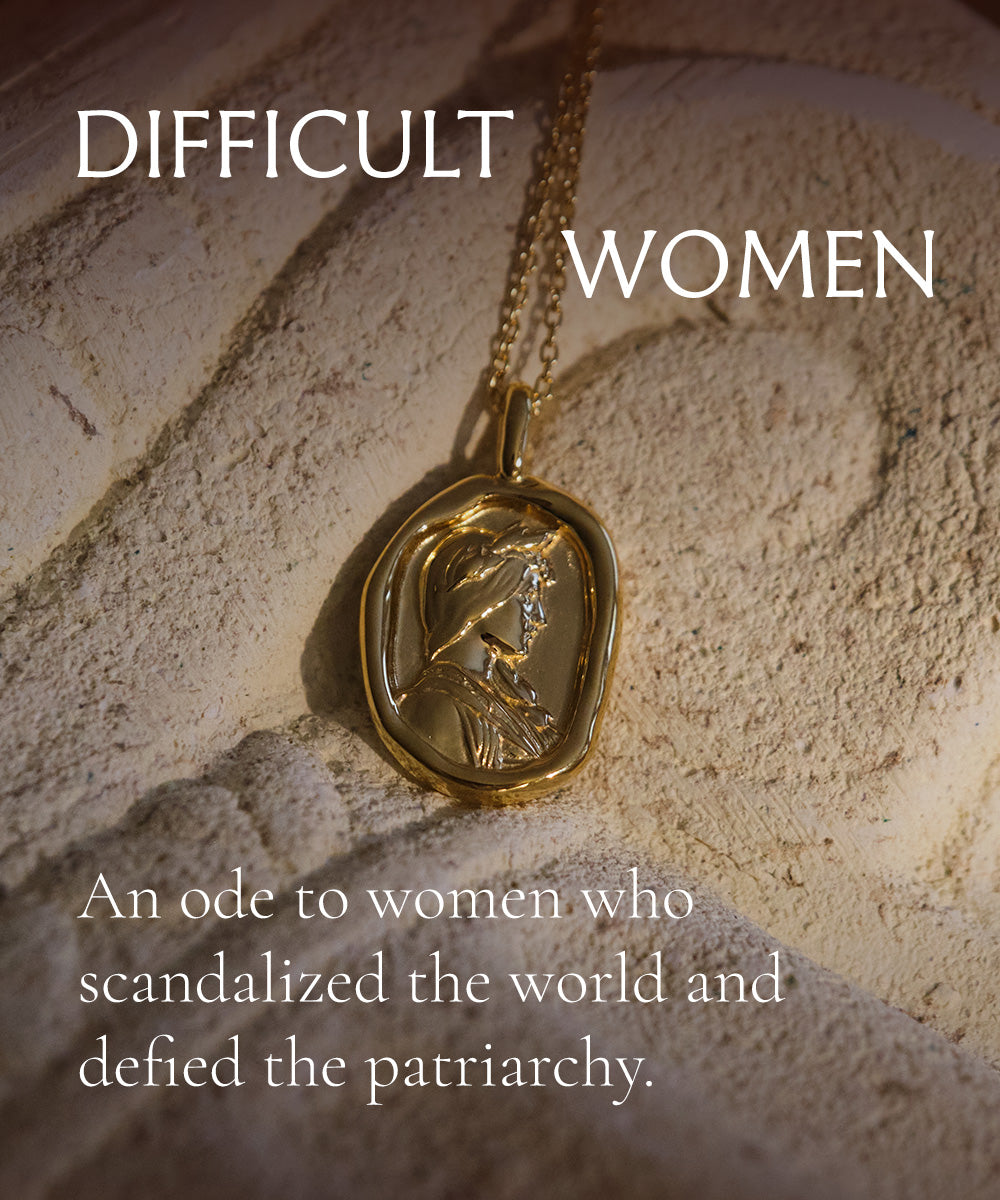A Roman god with no Greek counterpart, Janus was deeply entrenched in the psyche of Rome, born long before the Greek pantheon was adopted by the Romans.
Strange and ancient, Janus was depicted with two, sometimes four faces. One face is always looking back, reflecting, analyzing, learning from the past. The other looks forward, eyes filled with hope, to the future. More metaphor than god, Janus presided over doors and gates, and more importantly, what they represented: transitions.
Ovid describes "two-headed Janus, an opener of the softly gliding year,” as a bit of an enigma. Janus did more than make sure people entered doorways in ways that would bring luck. He had a hand in everything, invoked at the start of every sacrifice, purveyor of all that begins again, the father of the year.
Beginnings were sacred to the double faced god, though he could be found on either side of the threshold: an exit is the same as an entrance, depending on which side you view it. Time is an ouroboros, a snake eating its own tail. Under his protection were the beginning of the day, the month, and the year—the first month, January, it is named for him—but those are also the end of the previous, a chapter closing, which he looks upon thoughtfully.
The beginning of a time period is not a static state, but a transition, a doorway. Janus oversaw all transitions, tangible or not: a step over a threshold, a new year, moon cycles, new schools or jobs, birth and marriage and death, roads that separate the city from the country, the thin, terrible divide between war and peace.
Naturally, the Romans had a penchant for doorways. Superstitious as they were, traveling Romans went through ceremonial gateways with intent to bring good fortune to marching armies, traveling merchants, and the common folk. Sometimes, an image of a key or the very likeness of the god with two faces was carved above doorways to remind Romans to walk through doorways with intention, literally and figuratively, else they might risk bad luck upon their transitions.
The practice of a symbol above a doorway is done in many cultures, even today, as a blessing, a reminder, or a welcoming gesture. If this resonates with you, try placing a meaningful symbol or talisman above your front door to greet those who enter your home with good fortune and gentle transitions.
Janus, key in hand, etches a SATOR square above a doorway, passing a blessing over us all as we shuffle through, making the most of our transitions and setting good patterns for our next phase.
For the sacred New Year ritual, we can honor the god of transitions by placing a key above the front door, a traditional offering to Janus as he sweeps in the new year. Even better, emulate his faces: one looking forward, the other looking back. Greet him on both sides of the threshold, giving yourself time to reflect, then to plan. It is one of the oldest rituals that humanity has, and for good reason.
This year, we all experienced loss in some form. In the middle of summer, I had to let go of my sweet senior cat, Circa, a gorgeous calico with a gentle and contemplative demeanor. Every day I remember the joy she brought me, the love I heaped upon her, and in doing so, I celebrate her memory. Still, the wound opens when I least expect it, and I am left gasping for air, wondering if love is worth this hurt (it is, by the way, a hundred times over).
So, I am trying my best to use this transition to move forward. Difficult as it may be, it is time to look back on the year, have our grief, take it by the hand, feel the cold of it, scream at it, tear it apart, place a small piece in a pocket, whatever we must do to face it before we let the door close behind us, leaving behind all that doesn’t serve us. Then, carrying with us the joy, the lessons, and the love, we can begin to look ahead.
We at Common Era wish you a bright and joyful New Year.
